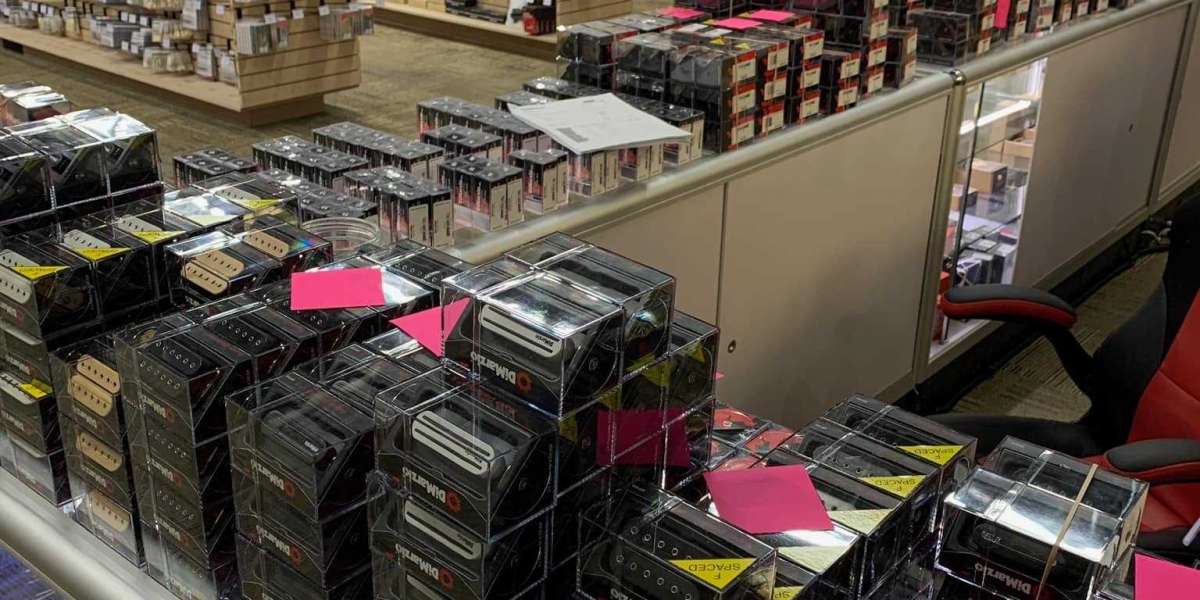The regular maintenance process of a guitar is called guitar setup. It includes multiple services like adjusting the neck, replacing strings, and raising lowering strings. The guitar setup is done to ensure the optimal playability of the instrument. Therefore, one should take the guitar for maintenance at regular intervals. A professional guitar tech should be your first choice for any guitar repairs. You should avoid correcting the complex issues of the guitar yourself because you may end up creating a mess and making the guitar sound worse. In the article, we will discuss the five signs that indicate your guitar needs a setup.
The sound of Your Guitar Is Not Right
If your guitar is not in the correct tune, you need to get it intonated. Intonation is the accuracy of the pitch. When you play an open string, and it’s too flat or sharp at12 frets, it’s a sign that your guitar needs intonation. To correct this, you need to adjust the saddle length of your guitar as it determines the middle of the string. Unfortunately, many guitars, like acoustic guitars, don’t have an adjustable saddle; in such cases, it’s best to visit a guitar tech.
No Tone in the Strings
Over time your guitar strings will look different and sound different because of aging. The old strings generally have a less resonant tone; it happens because of the oil from our fingers. The oil that leaves on the string from our fingers makes them more prone to corrosion. Strings that don’t have resonant tones are called dead strings. Ideally, if you play your guitar daily, the life of standard strings is three months, and you need to get the strings changed for better sound.
Changing Environment
It’s best to set up your guitar in changing environment. The change in weather also affects guitars, due to which winter days are the busiest days for guitar technicians. You can prevent your guitar from winter problems and rectify the existing issues if you set up your guitar in winter.
Fretboard Feels Dry
A dry fretboard indicates poor maintenance and declining quality of your guitar. It can lead to neck bowing, cracking, and warping. You need to have a lubricated Fretboard to reduce the tension of the neck. The guitar necks generally hold 80 to 180 pounds of tension, and the fretboard supports the neck.
The discoloration of your fretboard is a sign that it needs hydration. Besides this, fret sticking out the sides of the neck due to shrinkage of the fretboard and lines on the fretboard are common signs of a dry fretboard. To prevent or cure fretboard dryness, you should apply lemon oil on your fretboard. Lemon oil has two-in-one action: it prevents dryness and works as a fretboard cleaner.
Constant Buzzing Sound from Guitar
Generally, buzzing happens when the string hits multiple frets and rattles against them, and it occurs due to low string height. You correct this issue by raising the saddle height and adjusting the neck. However, if your guitar is still buzzing, you should visit a guitar technician to rectify the error.
Conclusion
You can visit any guitar tech or search for “guitar repair near me” to find a guitar service center nearby. It’s always best to visit a guitar tech, and if you are looking for reliable tech services, then you can contact Solo Guitars. They provide affordable tech services and DIY kits in no time.







